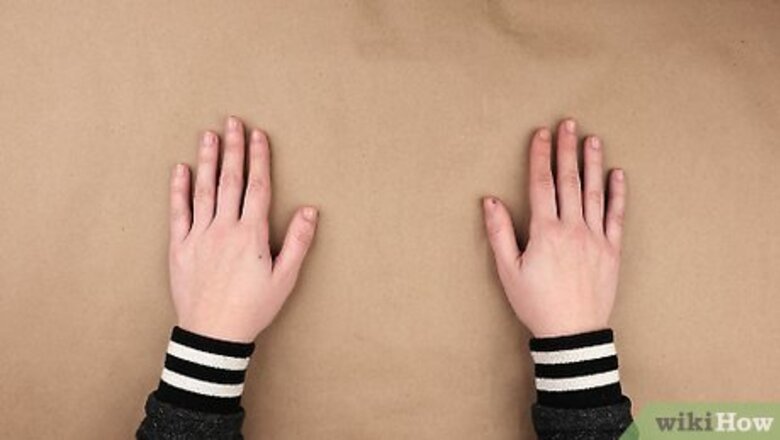
views
Setting Up
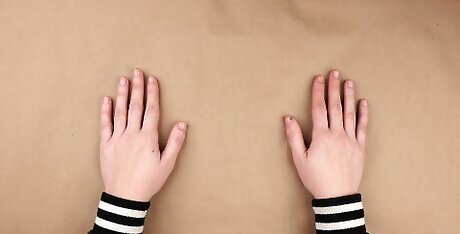
Cover the area you plan to paint on. Since finger painting can get messy, especially for children, you should cover your work area with something you can clean off or throw away. You can use anything like newspapers, plastic tablecloths, or even old magazines. If you are still worried, try painting outside where there is less potential to get paint on things.
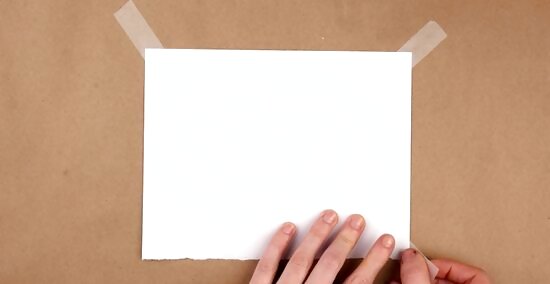
Tape down your paper. Using your fingers or hands to paint can be a bit more rigorous than using a paintbrush, so keeping your paper in place while painting may be difficult. Taping the corners of your paper down will help prevent both future messes and potentially smudging your picture if your paper moves. This is also a good idea if you plan to paint outside as the wind might blow your paper away. Try to use a tape that’s easy to remove like painter’s tape.
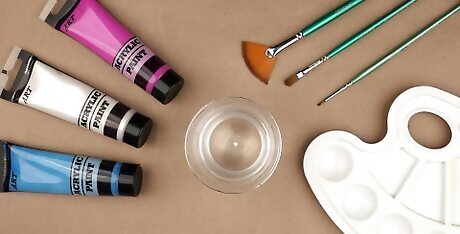
Set up your paints and water. You will need not only your various jars of finger paint but also a small bowl of water to clean your fingers. You can place these anywhere you want, however, it’s best to have them relatively close to your paper for easy access. If working with children, it’s best to remove the small bowl of water once they begin painting so they are less likely to knock it over.
Starting Your Finger Painting
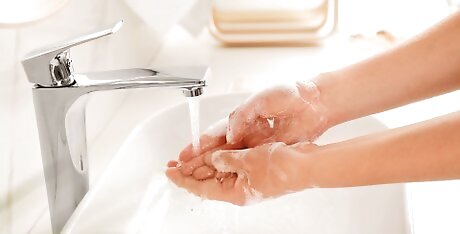
Prepare your hands. Make sure to wash your hands before you start painting as you don’t want to get dirt or anything else on your picture. After this, dip the tips of your fingers into your bowl of water. You want them to be slightly wet, but not dripping. This will help thin the paint out a bit, as well as make it easier to apply to your paper.
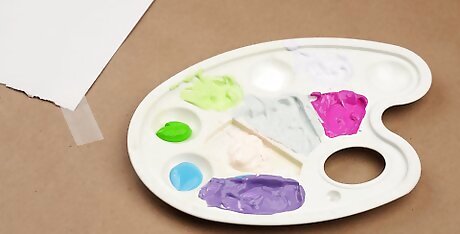
Pick your colors. Most finger paint sets contain the usual rainbow colors along with black, brown, and white. However, if you want a different color, you can always mix some of your paints together. For example, if you want a darker green, try mixing it with a little black or brown. After you’ve chosen your colors, dip the tips of your fingers into the jars and make sure they are relatively coated. When mixing paint, make sure to do it in a separate bowl or tin as you don’t want to ruin the original colors. You should also test out your new color on a separate paper before using it.
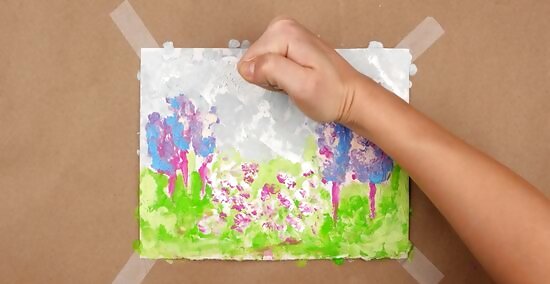
Start painting. There are no rules with finger painting outside of using your fingers, so feel free to paint whatever you want - a landscape, an animal or person, even something abstract. Once you’ve chosen what to paint and what colors to use, simply place your fingers or hands onto your paper and use them like you would a paint brush. You can also use the sides of your fingers, your palm, or your knuckles to finger paint. Each part of your hand will produce a different type of shape, similar to differently sized paint brushes. So get creative and try them all!
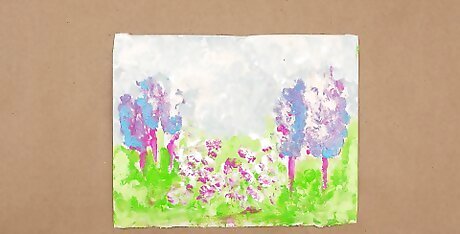
Let your painting dry. Due to both the water and paint on your paper, you want to make sure you let it dry out before doing anything else with it. You should place your painting somewhere it’s likely to get air or sun without being blown away or knocked over. You should also try to place it on top of something like a newspaper in case the paint runs. The time it takes your painting to dry will vary depending on how much paint is used, however, expect to wait at least 5-10 minutes.
Cleaning Up Yourself and Your Area
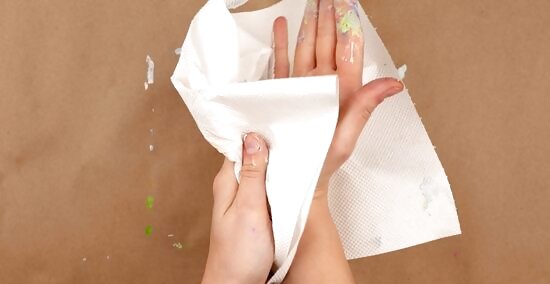
Wipe off your hands. All paint used for finger painting should come easily off skin with soap and water, however, a wet rag, baby wipes, or any other safe cleaning agent will work. Don’t worry too much about getting all the paint off at first as you will likely get more on your hands cleaning everything else up.
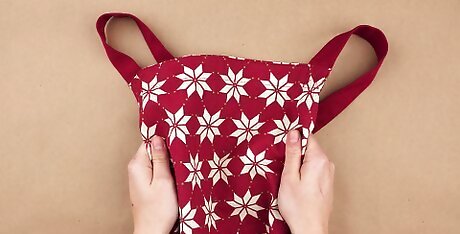
Take off your apron or dirty clothes. Once you’ve removed the dirty items, place them somewhere where they can’t get anything else dirty. If you want, you can try to wipe them down with a damp cloth or baby wipes to get off excess paint before washing them. You should also wash this clothing separate from anything else.
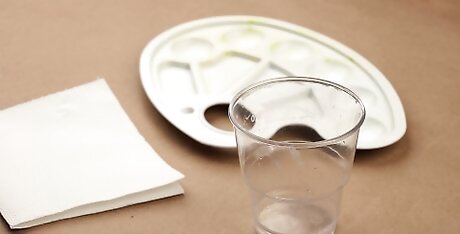
Clean up your area. Put the lids back on your paints and make sure they are closed tightly. You should also wipe them down before you put them away. If you used old newspapers or magazines, you can simply throw them in the trash. However, if you used a plastic table cloth or a tarp, you can either wipe them down with a wet rag or take them outside and hose them off.




















Comments
0 comment